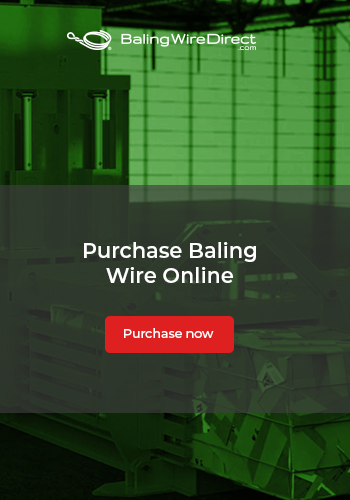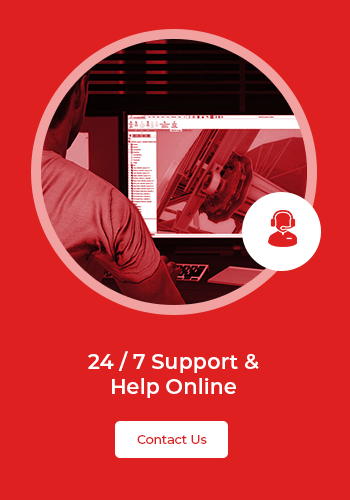How do You Properly Secure a Conveyor Belt?
Whether you’re replacing your conveyor belt or you’re trying to fix pesky tracking issues, learning how to properly secure it is a must. An improperly secured conveyor belt can halt an entire operation, resulting in wasted time, effort, and ultimately, profit.
If you feel like you need some extra help in this area, you may want to check out the guide below.
Safety is Paramount
Before attempting to secure a conveyor belt, you must ensure you’re staying safe. Conveyor safety should be a paramount concern, which means cutting the power to the machinery and wearing the right work gear.
You can use the emergency stop button to shut off the power immediately (emergency stops are crucial in preventing further damage or bodily harm should you need to unjam the belt quickly). Plus, it’s important to let your colleagues know you’re changing belts just in case anyone decides to start up the conveyor systems while you’re working on them.
Make sure you announce when you’ve secured the belt as well, and when you plan on turning the system back on – you wouldn’t want to catch someone off guard and cause an avoidable accident.
Watch Out for Pinch Points
Pinch points are common on conveyor belts and can potentially be extremely dangerous. Essentially, they are points in the machinery that can trap hands and fingers, or any other body part for that matter.
The pinch point between the belt and the frame is usually one of the more dangerous points to watch out for, so ensure you’re always on high alert and fully aware of your surroundings when attempting to secure a belt.
Use the Right Equipment
If you need to walk on the belt or the conveyor belt system to fully secure it, you’ll need to make sure you wear the right protective gear. This means wearing boots that protect your feet, a hard hat, and clothes that don’t snag easily or restrict your movement. Gloves are also a must, as they may be able to protect your fingers and hands in the event of an emergency.
Some conveyor systems tend to comprise an array of moving parts, so keeping your hands and fingers protected at all times is crucial, even when the power to the belt is shut off.
Inspect the Area
Belt inspections are an immensely important part of the conveyor securing process. Without them, you may inadvertently miss out on catching a larger problem – one that snowballs into a more expensive and possibly even dangerous issue at a later date.
Only once you ensure a conveyor system is working and all its components are operating sufficiently should you restart the belt – not before.
Don’t Rush
If you’re walking on the belt, make sure you don’t run or rush yourself unnecessarily. This is when accidents can happen, and your safety should always be the most important point to concern yourself with.
If you suspect your conveyor belts need replacing, making sure you get your hands on a new belt sooner rather than later can help you minimize cost and downtime.



